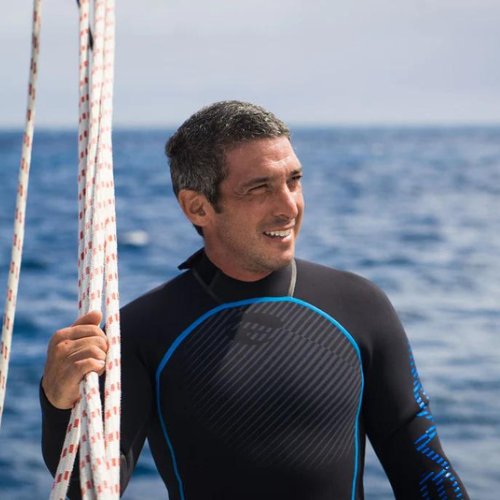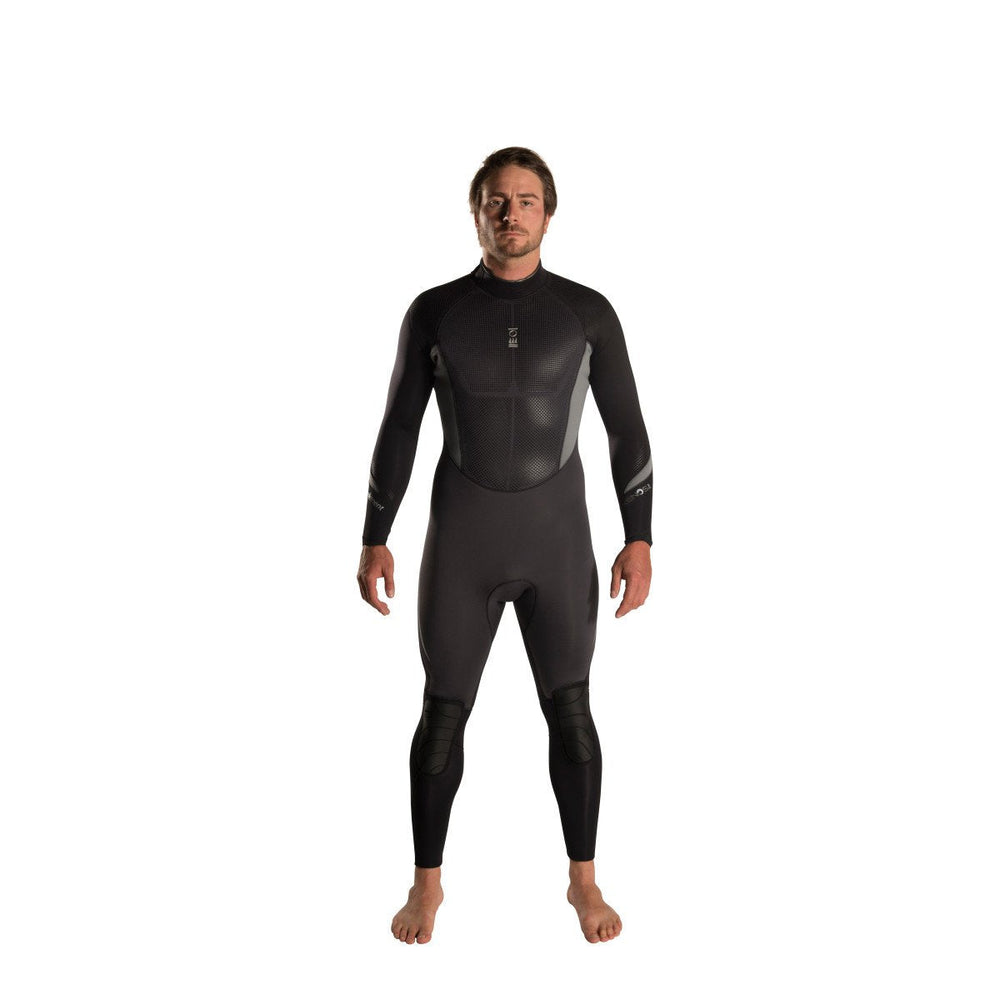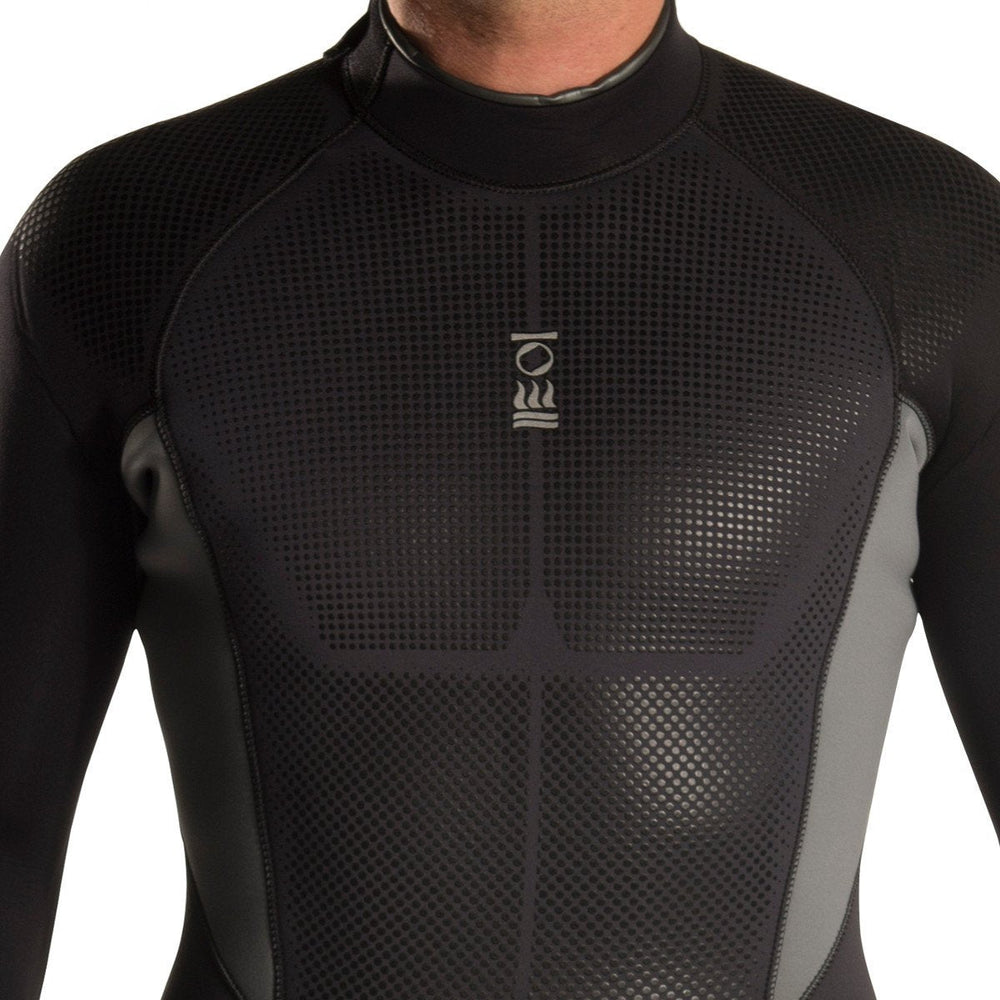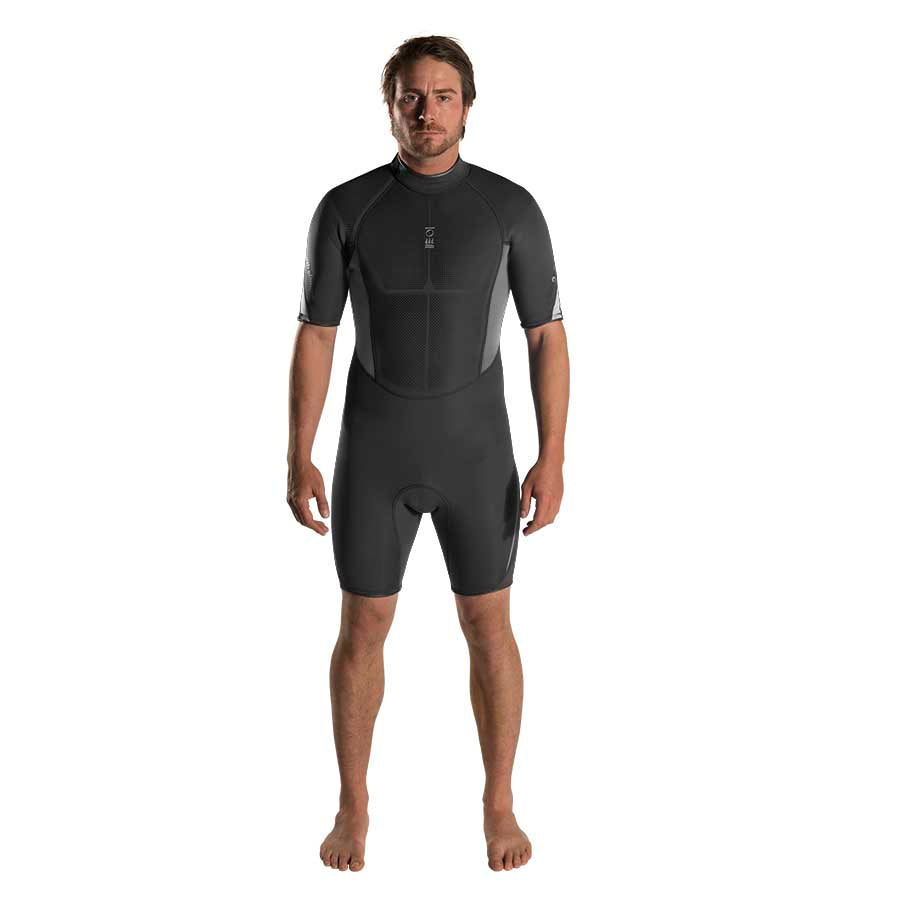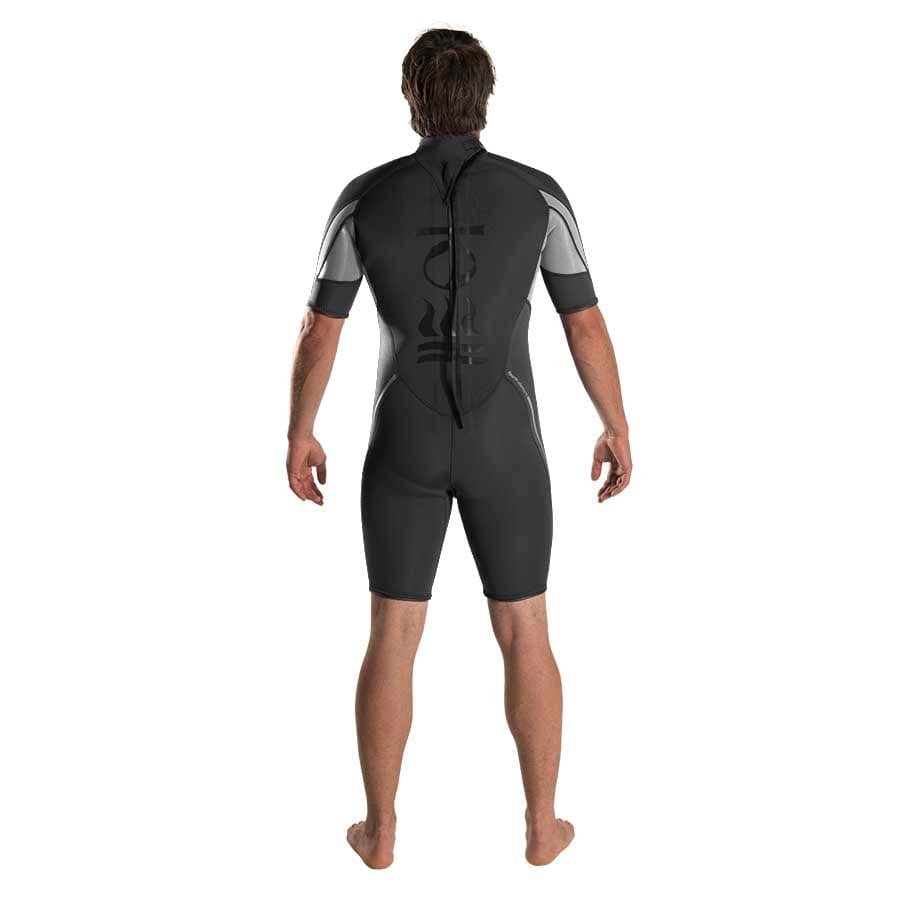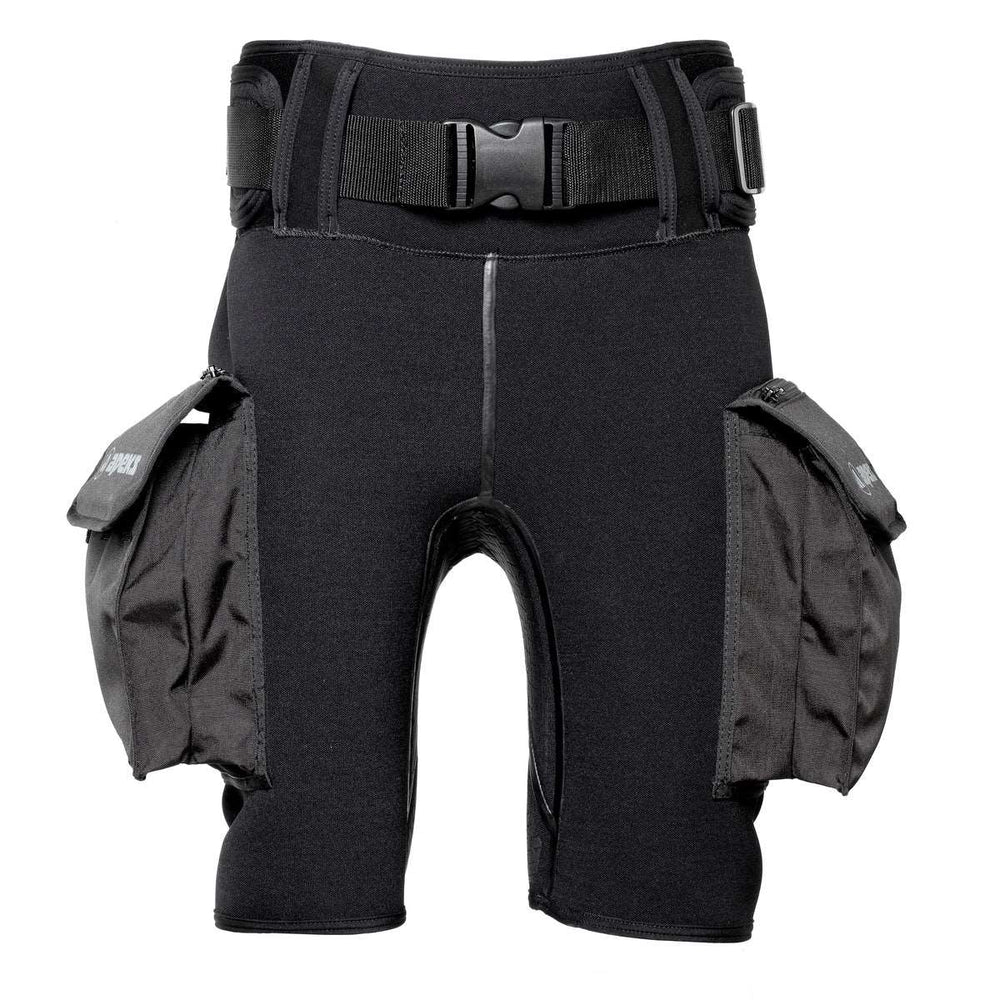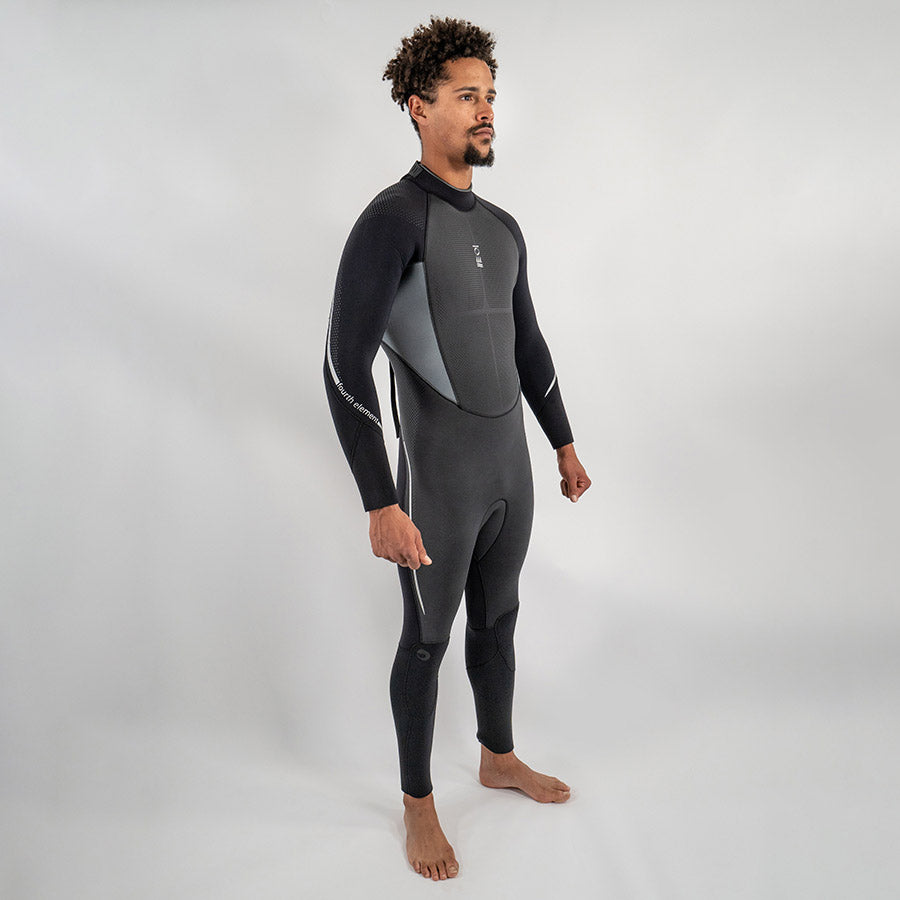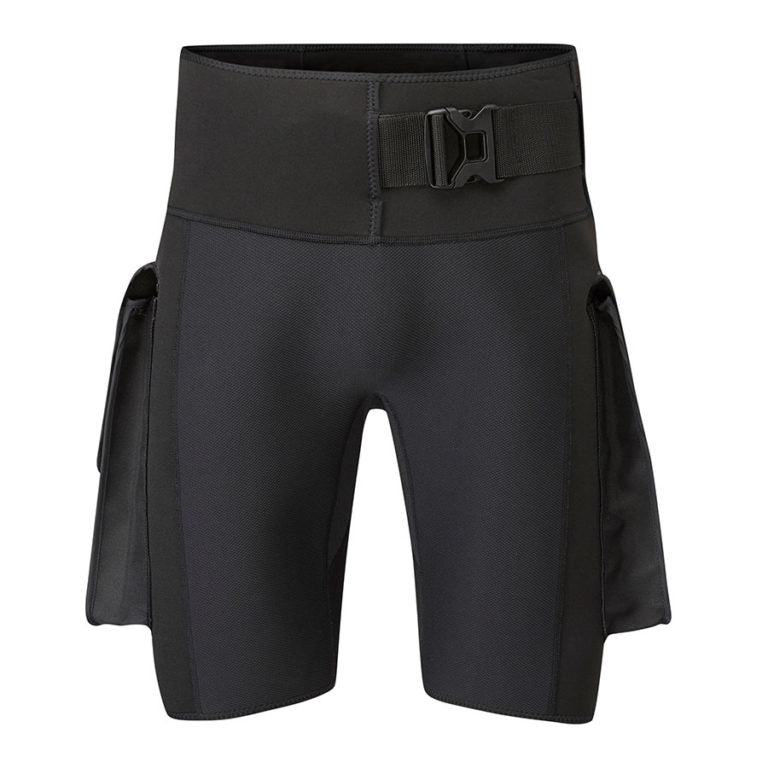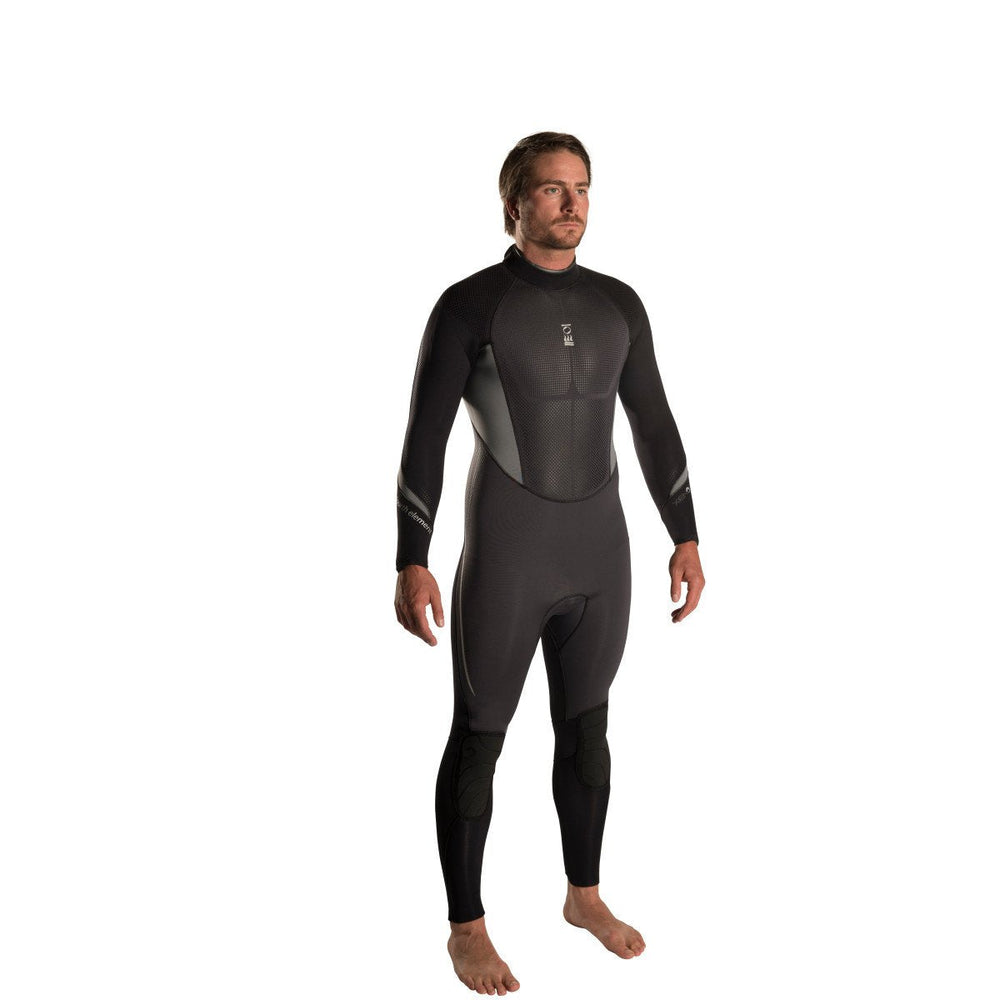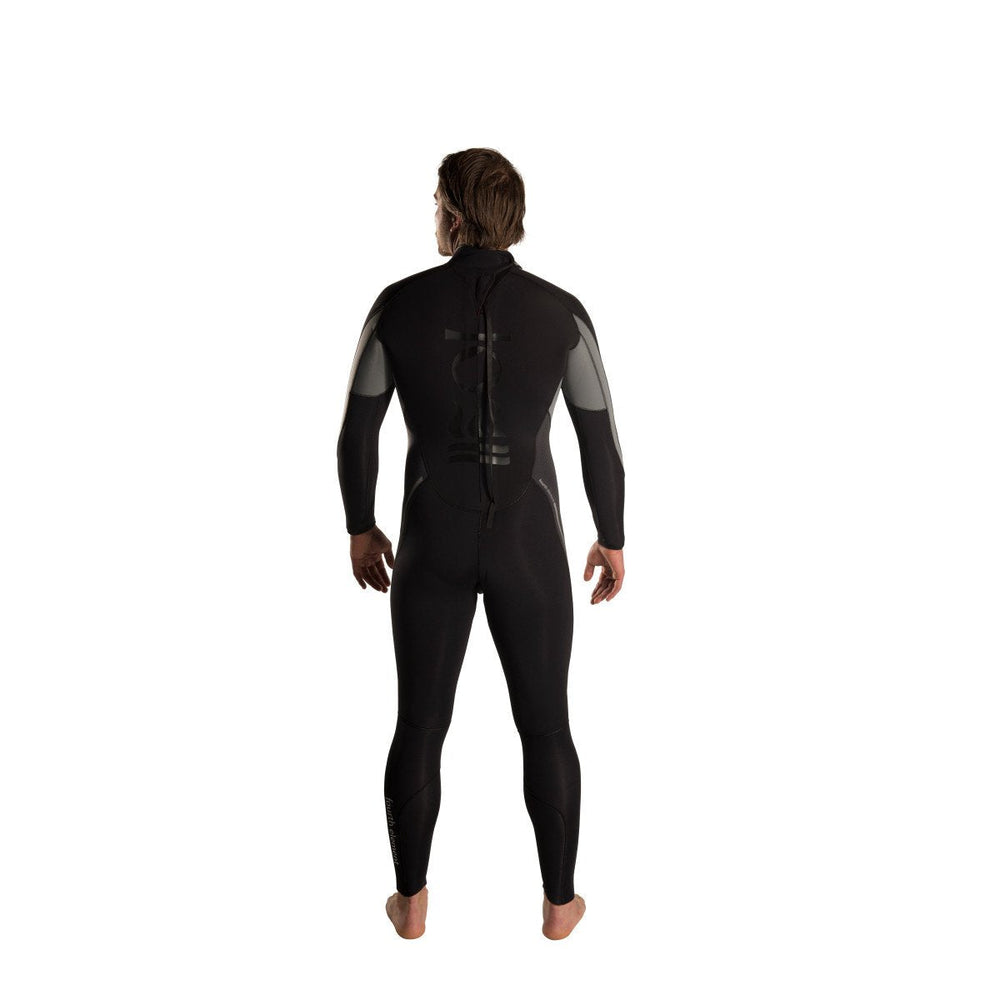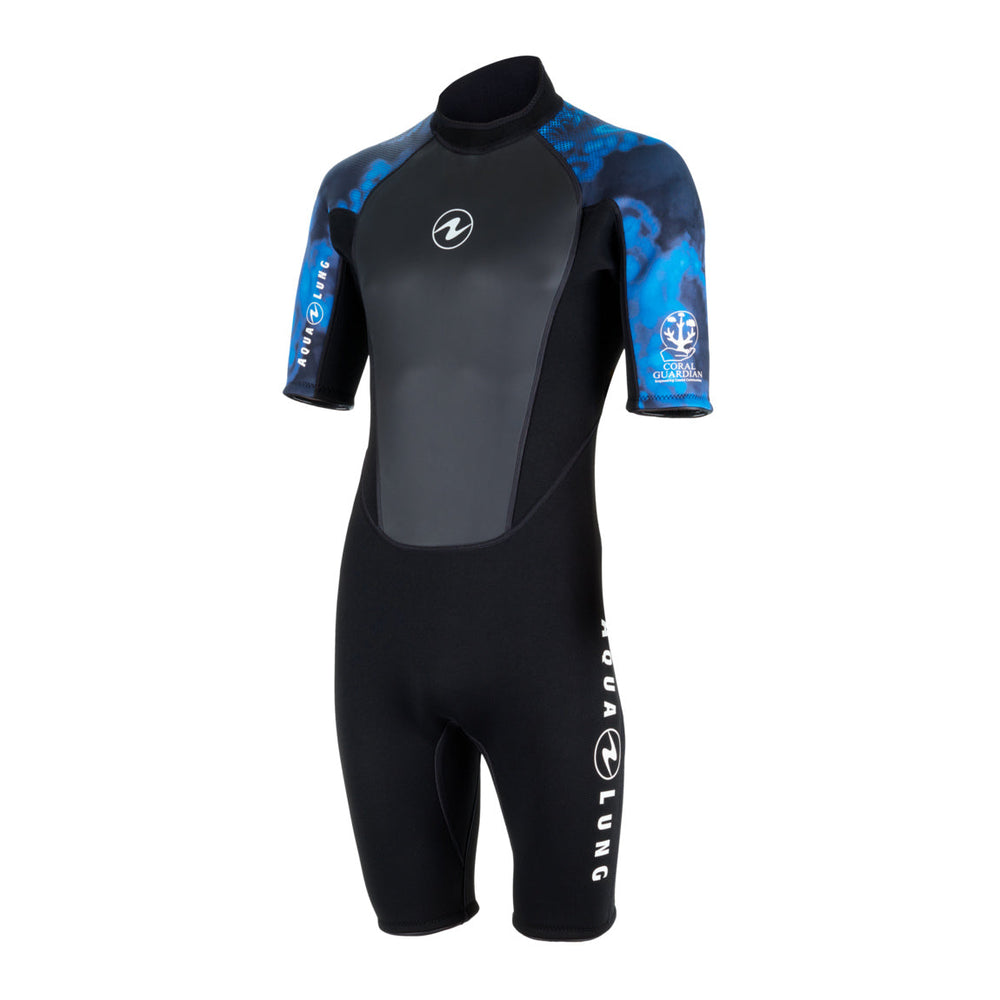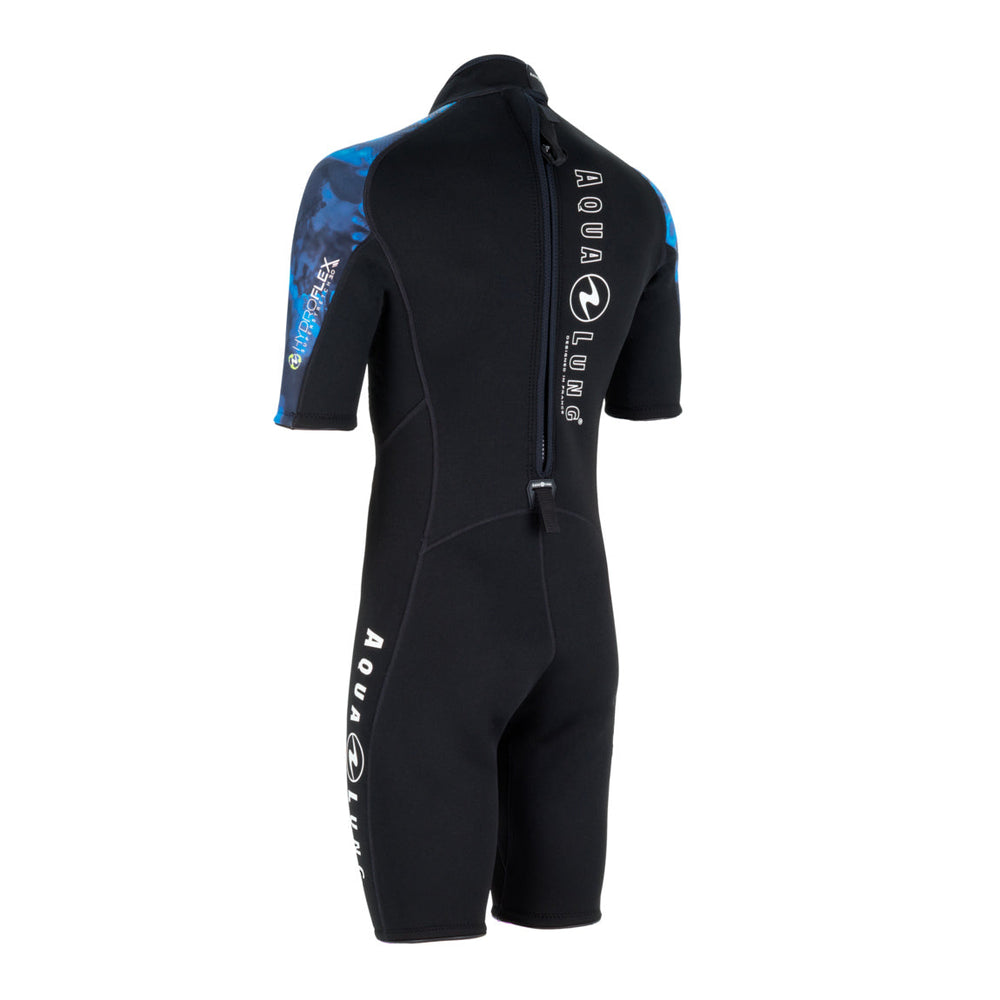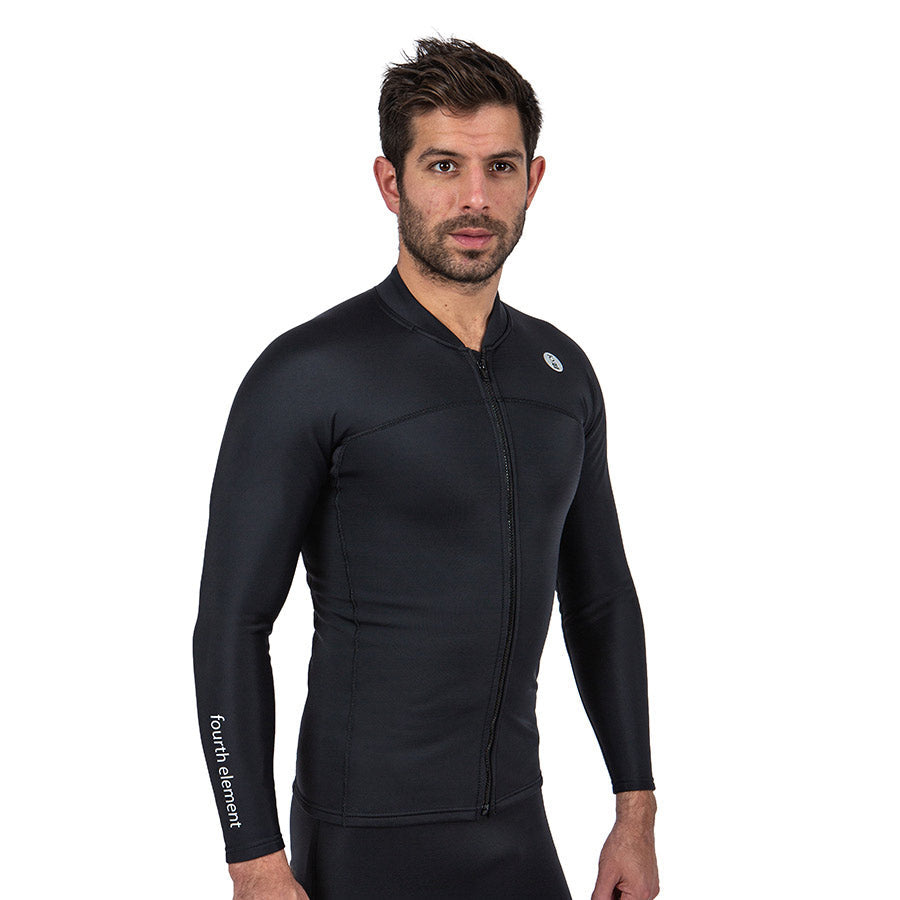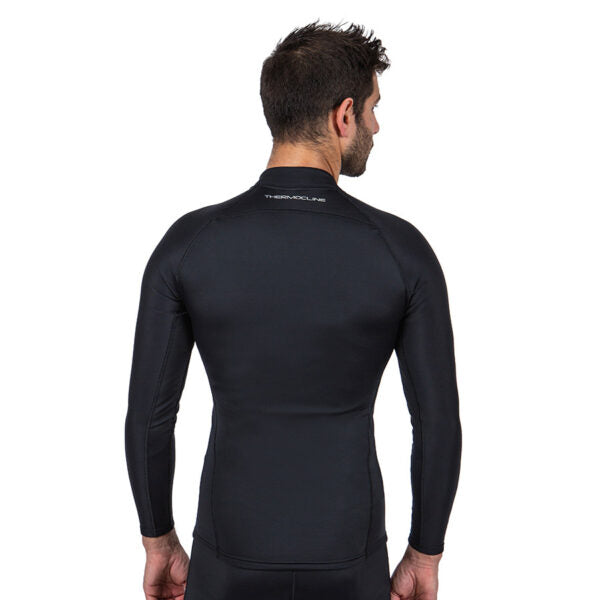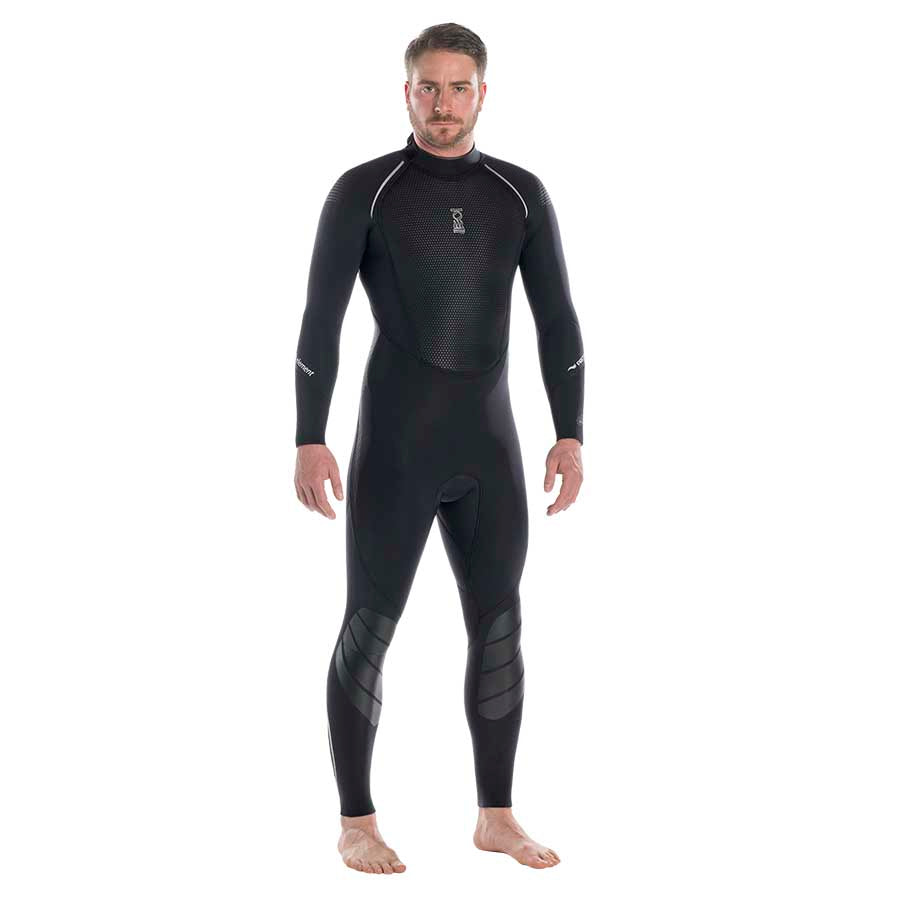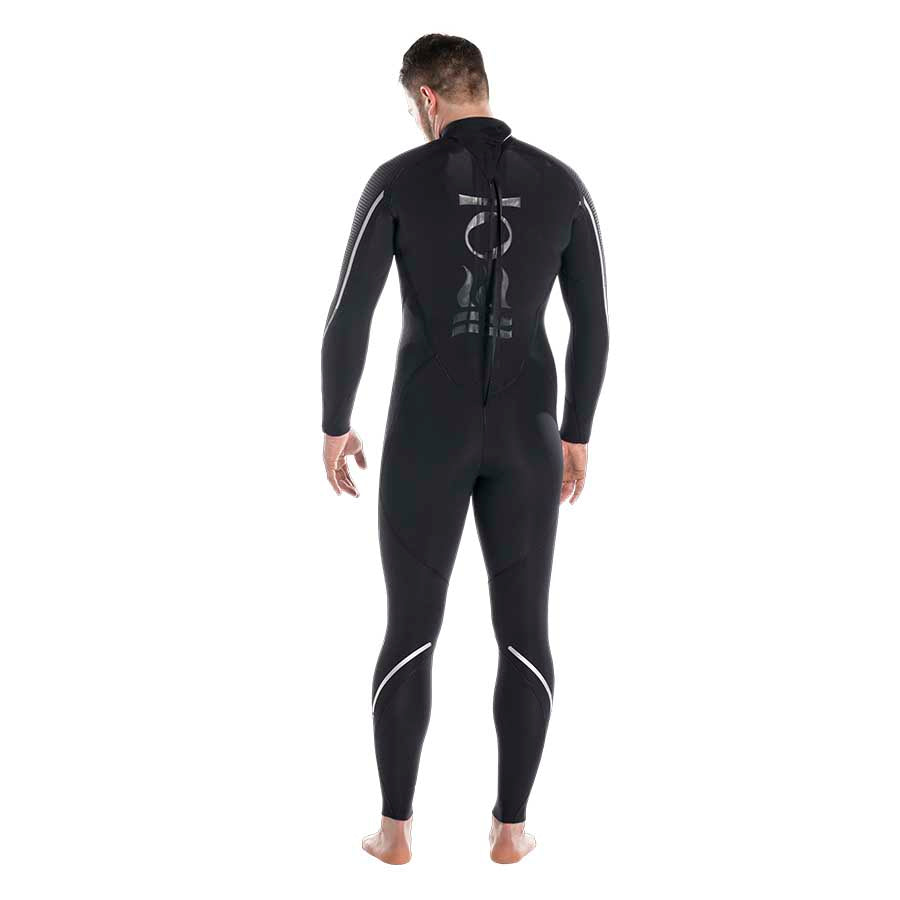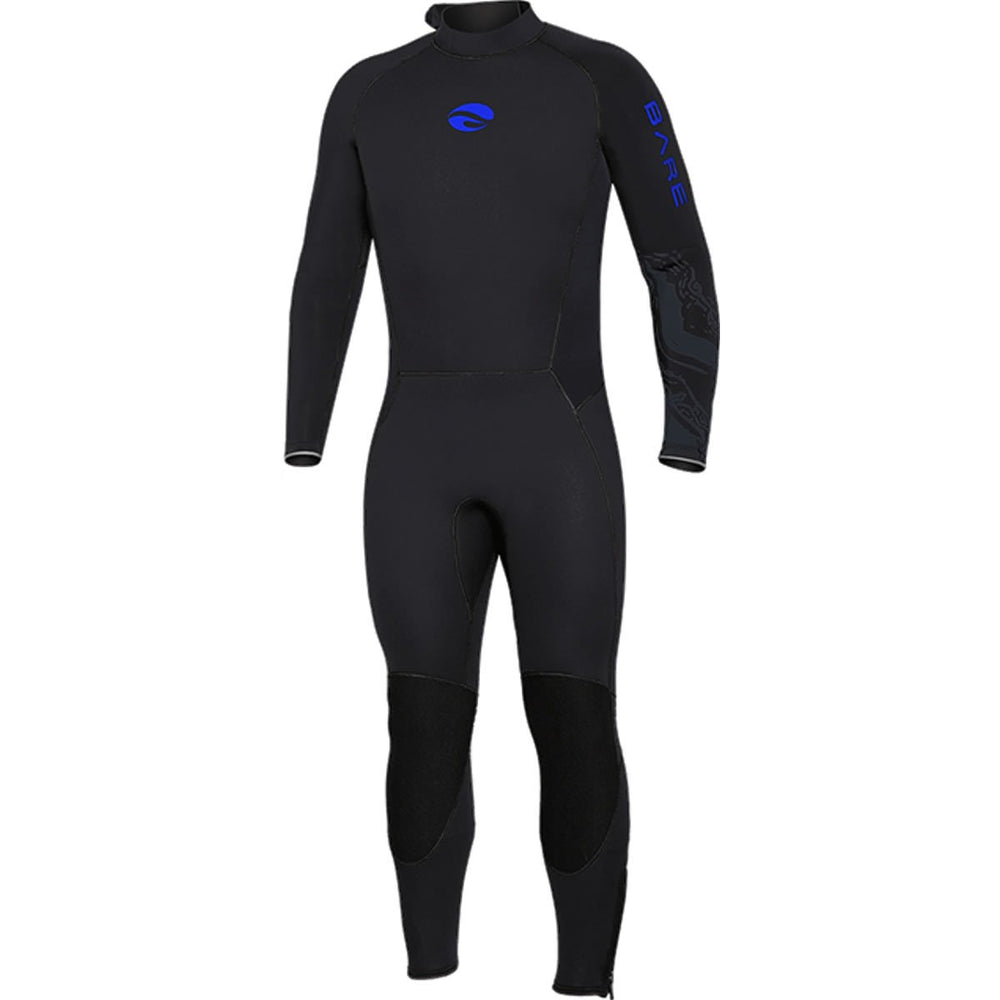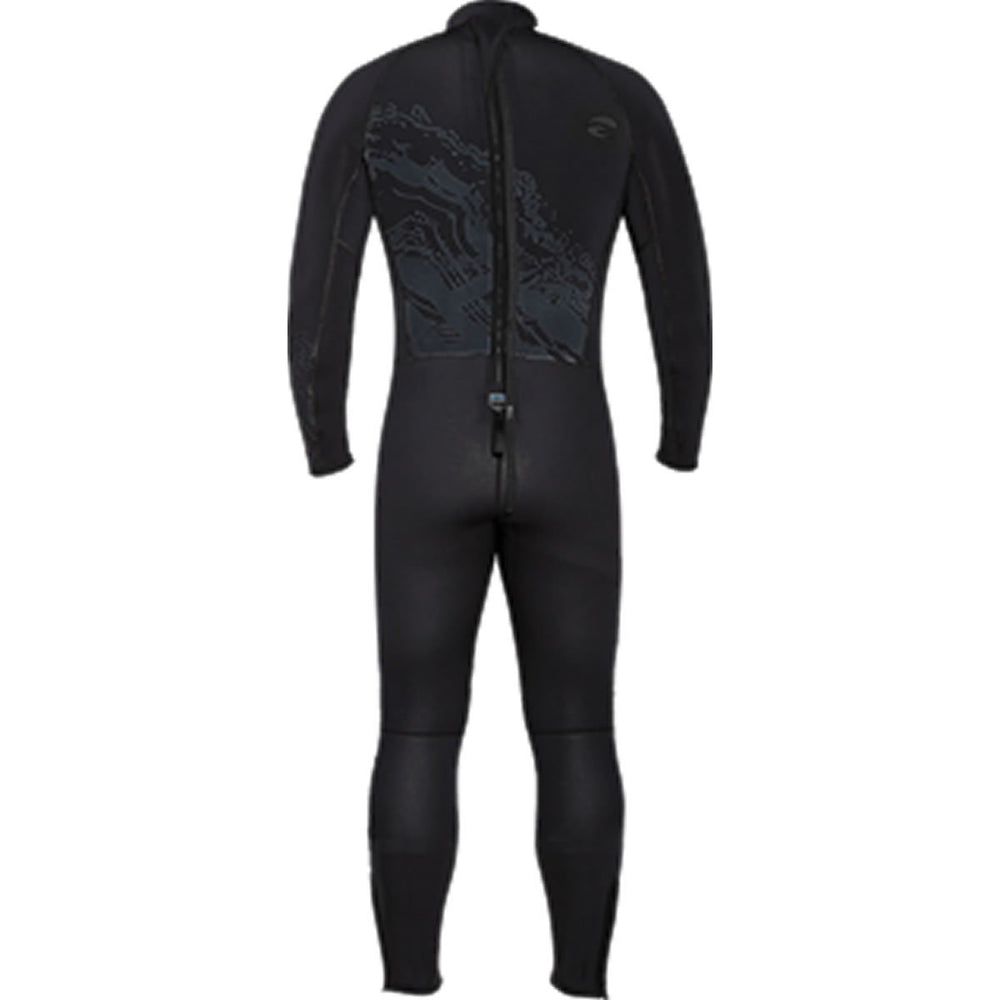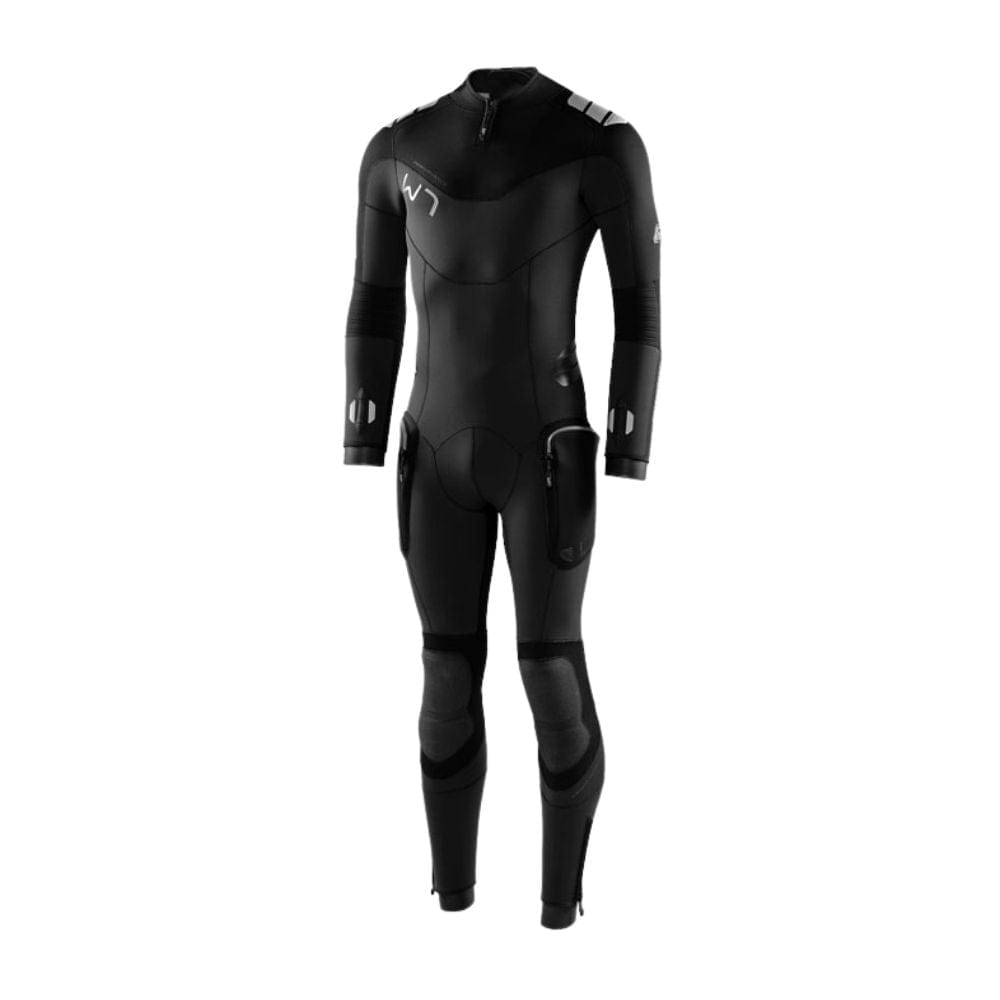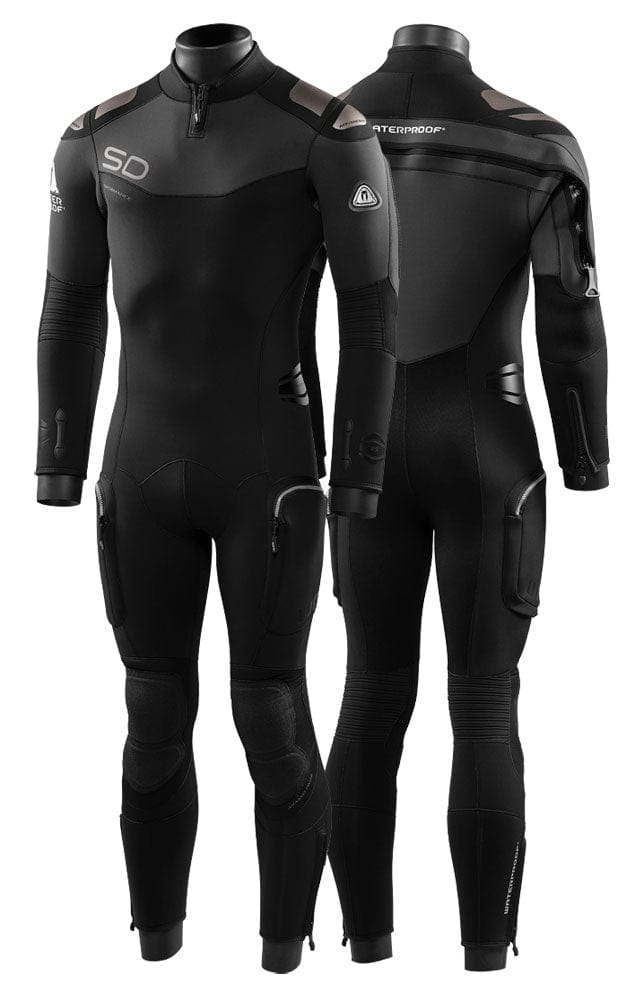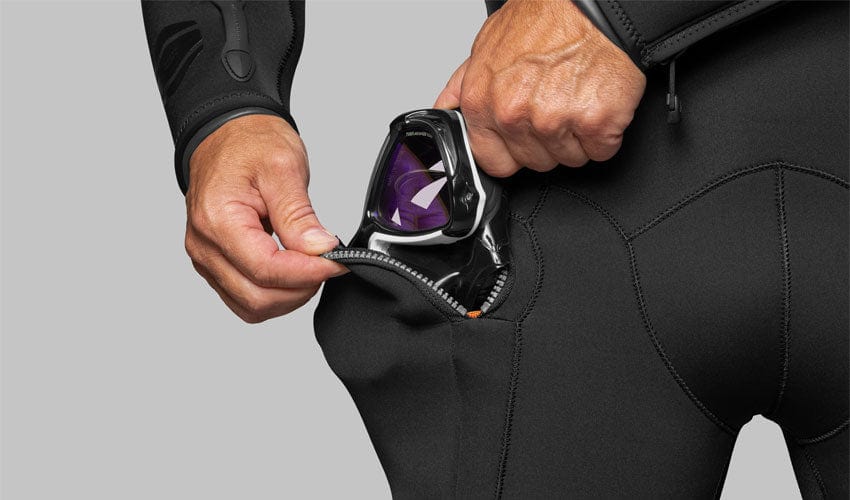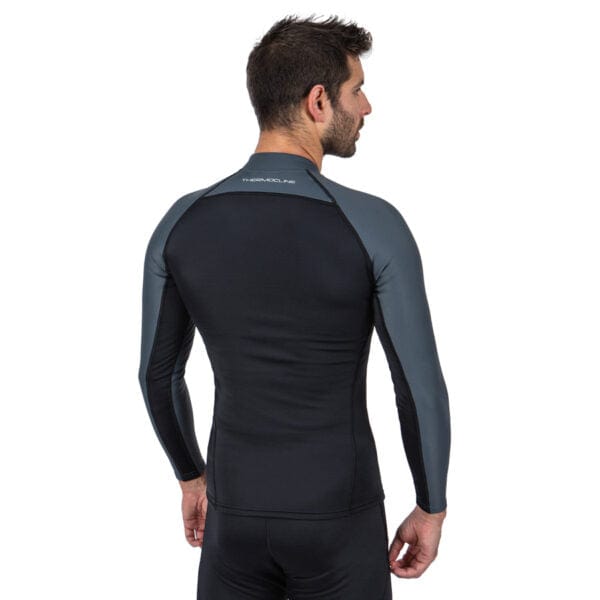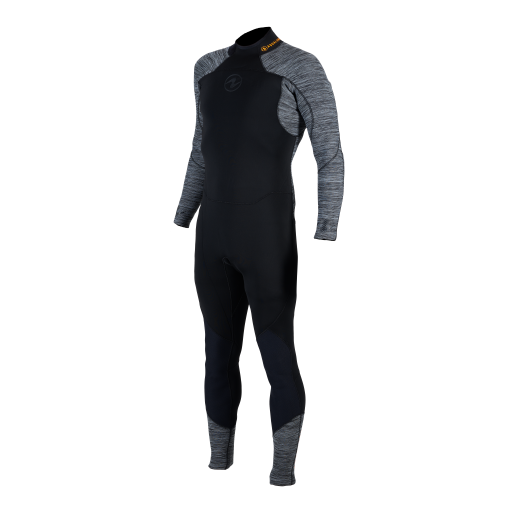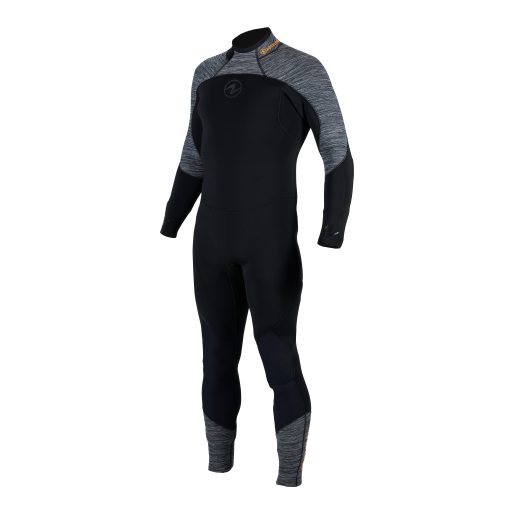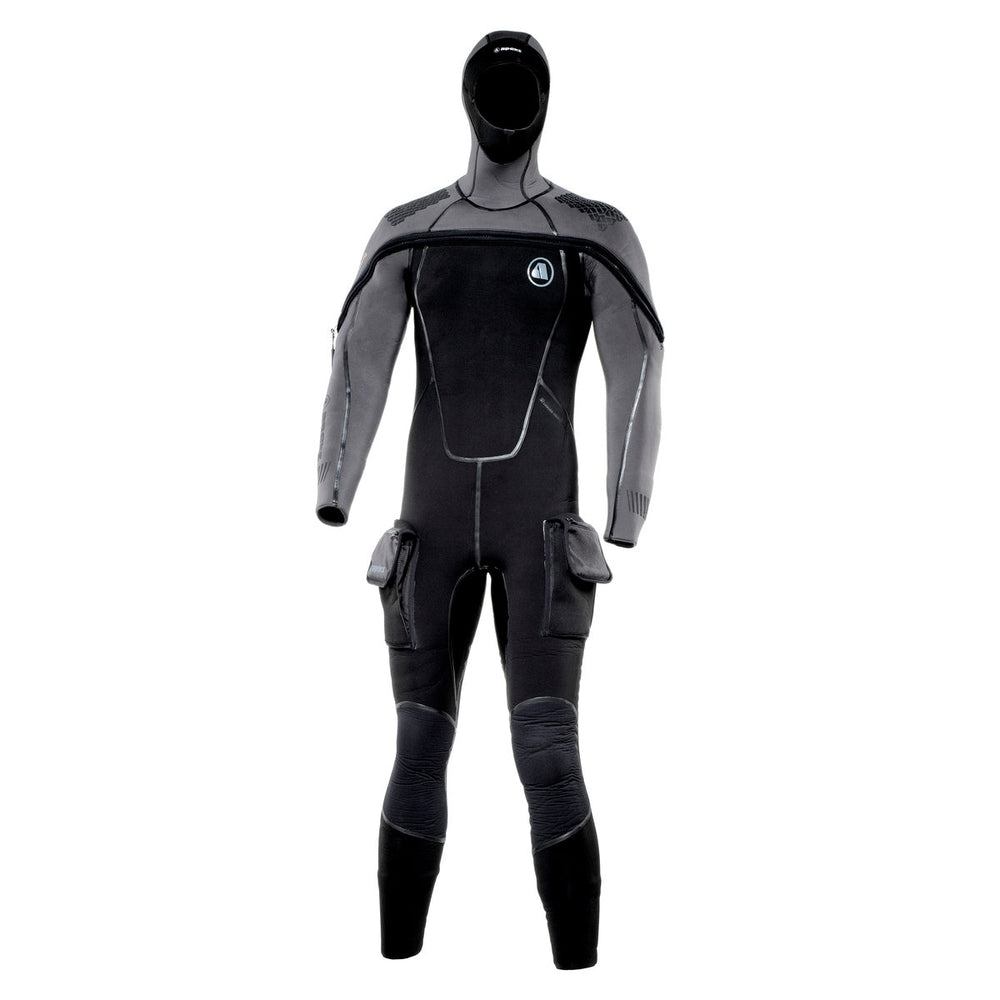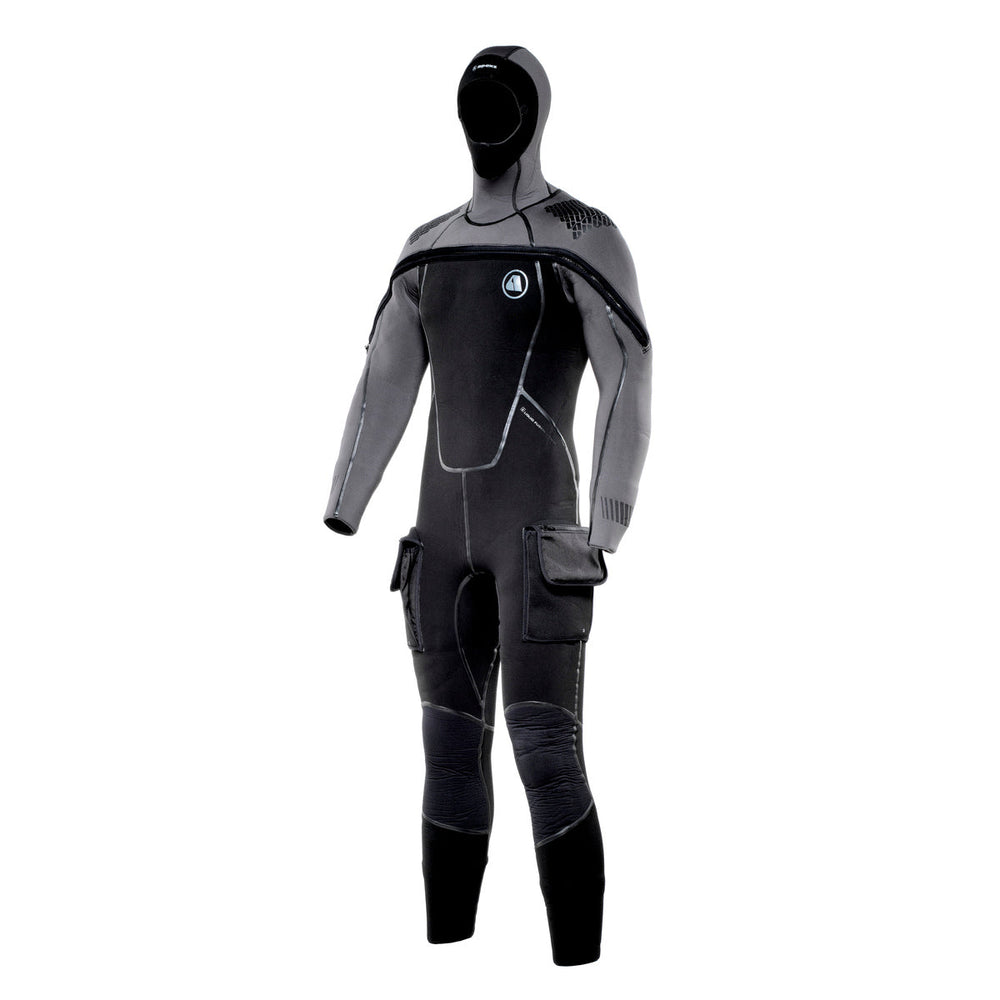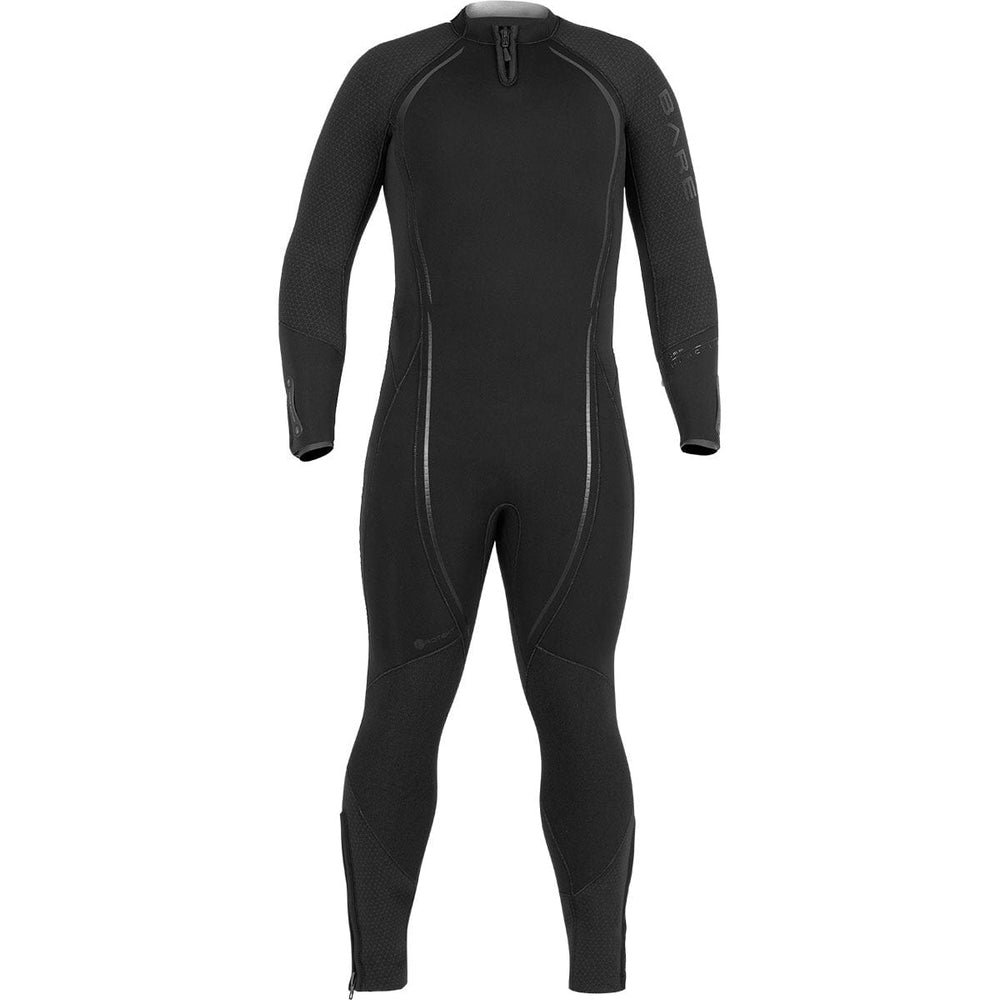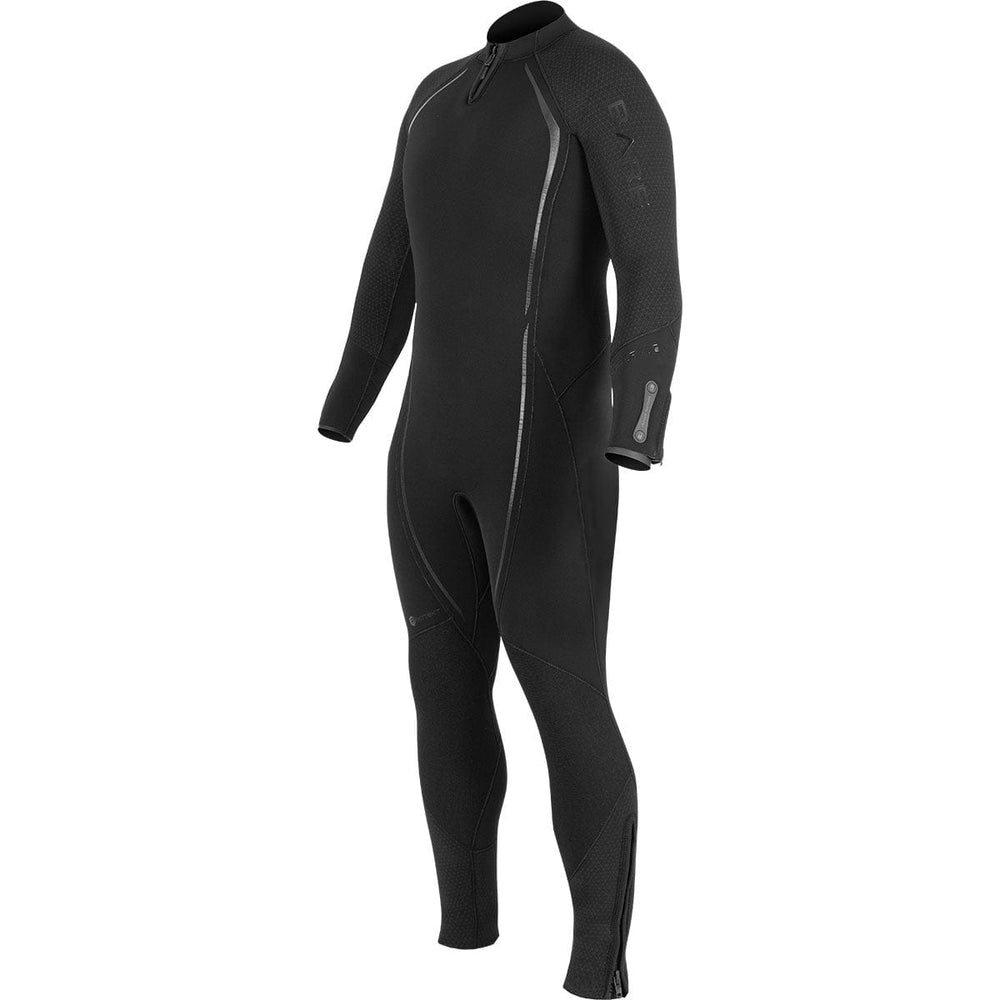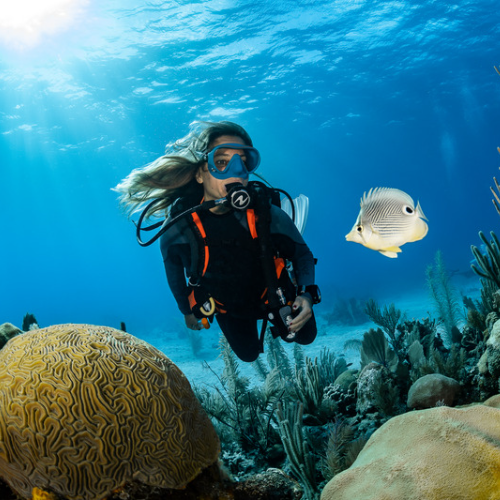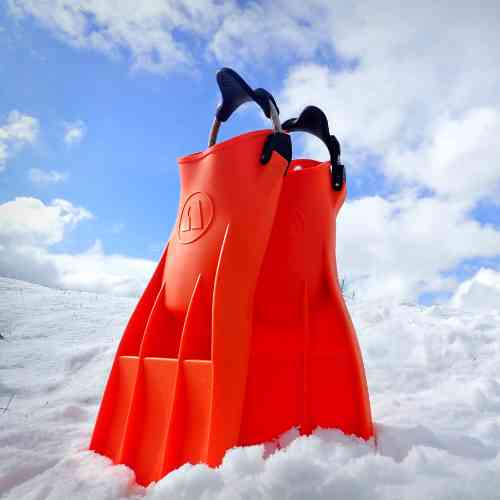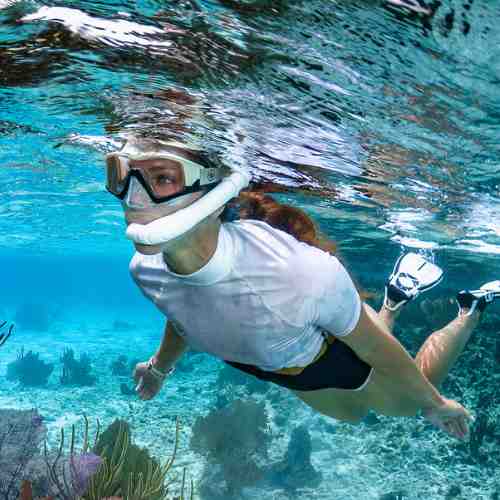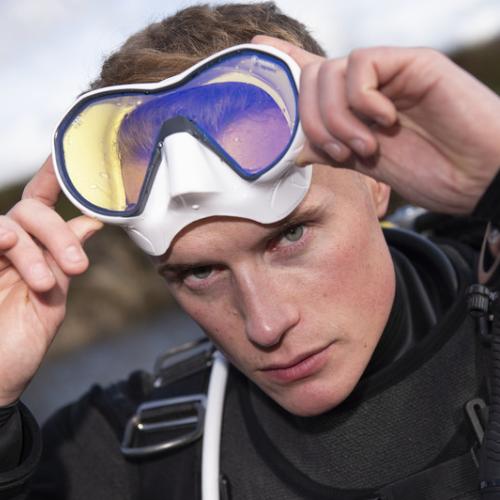Shop a wide selection of Men's wetsuits from top brands like Fourth Elements, Bare, Apeks, and Waterproof. We have a full range of men's wetsuits and shorty for all levels, from 3mm men's shorties, to 5mm full men's suits, to full men's semi-dry wetsuits
WETSUIT BUYERS GUIDE:
Everything You Need to Know about Men's Wetsuitsand Women's Wetsuits
If you're an avid water sports enthusiast or someone looking to dive into the world of aquatic adventures, a wetsuit is an essential piece of gear. Whether you're surfing, snorkeling, scuba diving, or engaging in any other water-based activity, a wetsuit provides thermal insulation and protection against the elements. However, with so many options available in both men's and women's wetsuits, choosing the right one can be a daunting task. In this comprehensive buyer's guide, we'll explore various aspects of men's wetsuits and women's wetsuits and answer some commonly asked questions to help you make an informed decision.
WHAT WETSUIT DO I NEED?
The type of wetsuit you need depends on the water temperature and the intensity of your activity. The two main categories of wetsuits are full suits and spring suits. Full suits cover the entire body and are suitable for colder water temperatures, while spring suits are short-sleeved and short-legged, providing more flexibility for warmer conditions.
Another popular option is the semi-dry. This type of wetsuit features enhanced sealing mechanisms to minimize water entry, keeping you relatively dry and warm in cooler waters. Semi-dry wetsuits are ideal for moderate to cold water temperatures where a full suit may be too warm, yet additional insulation is required.
WHAT WETSUIT THICKNESS IS BEST?
Wetsuit thickness is measured in millimeters and varies according to water temperature. Thicker wetsuits provide more insulation but limit flexibility. Conversely, thinner suits offer greater mobility but may not provide enough warmth in colder waters. Here's a general guide to wetsuit thickness:
- Warm waters (above 24°C / 75°F): 1.5 - 2 mm wetsuit or a rash guard.
- Mild waters (18-24°C / 64-75°F): 2 - 3 mm wetsuit.
- Cool waters (14-18°C / 57-64°F): 4 - 5 mm wetsuit.
- Cold waters (below 14°C / 57°F): 5+ mm wetsuit or a drysuit.
Remember, these are just guidelines, and personal preferences may vary based on your tolerance to cold and heat.
WHAT WETSUIT SIZE AM I?
Getting the right wetsuit size is crucial for comfort and functionality. Most wetsuit manufacturers provide size charts to help you find the perfect fit. Measurements typically include height, weight, chest, waist, and hip circumference. It's important to follow the manufacturer's guidelines and consider both your weight and body measurements when selecting a size. Keep in mind that wetsuits should fit snugly but not constrict movement or cause discomfort.
WHAT WETSUIT IS BEST FOR BEGINNERS?
For beginners, it's advisable to choose a wetsuit that strikes a balance between affordability and functionality. A versatile 3 mm full suit or a 2 mm spring suit can be suitable for a range of water temperatures. Look for wetsuits with good flexibility, durable construction, and easy entry and exit features. Additionally, beginner-friendly wetsuits often offer extra padding or reinforced knee areas for increased durability.
DO I NEED WETSUIT ACCESSORIES?
Wetsuit accessories can enhance your overall experience and provide additional protection. Some commonly used accessories include:
- Dive Boots: Provide insulation and foot protection.
- Dive Gloves: Keep your hands warm and shielded.
- Hoods: Offer head and neck insulation, especially in cold waters.
- Hangers: Help maintain the shape and prolong the lifespan of your wetsuit.
Ultimately, choosing the right wetsuit and considering the benefits of a semi-dry wetsuit will ensure that you stay comfortable, protected, and ready to fully enjoy your water adventures across a wide range of conditions.



